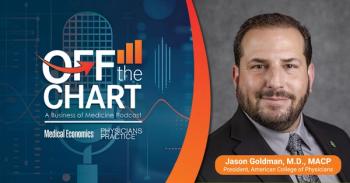
Why is Medicare spending slowing?
Kaiser Foundation examines factors affecting program outlays
Medicare is spending about $1,000 less per beneficiary than it was expected to just a few years ago, and no one is quite sure why-or whether the slowdown will last.
A
Looking ahead a few years, the differences are even greater. In 2010, the CBO’s baseline projection for 2019 was $869.3 billion, whereas the current projection for 2019 is $778 billion, a difference of $91.3 billion, or $2,369 per beneficiary.
“Healthcare observers are still scratching their heads trying to explain why Medicare spending is growing so slowly,” write
The 2010 projection was developed after passage of the
The authors speculate that projections of lower spending may be due to “providers tightening their belts and looking to deliver care more efficiently in response to financial incentives included in the ACA.” As evidence, they point to the fact that
Other possible factors, they say, include the growing use of data and other analytic tools to track utilization and spending, and that several popular and expensive brand-name drugs have gone off patent recently, which helps to slow Medicare drug spending.
Looking ahead, Neuman and Cubanski cite Medicare’s actuaries expectations that spending will start rising more rapidly in the next few years due to:
- faster enrollment growth as more baby-boomers become eligible for the program,
- increased service use due to greater severity of illness among beneficiaries, and
- faster growth in prices which are not fully offset by payment reductions that are part of the ACA
“These challenges will, no doubt, be the subject of some attention when the Medicare Trustees release their 2014 report in the near future,” the authors say.
Newsletter
Stay informed and empowered with Medical Economics enewsletter, delivering expert insights, financial strategies, practice management tips and technology trends — tailored for today’s physicians.
















